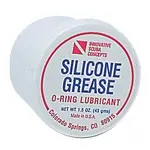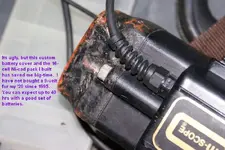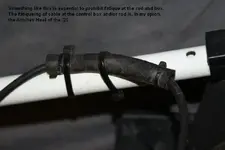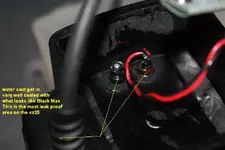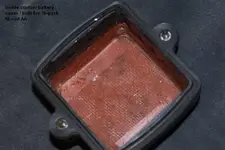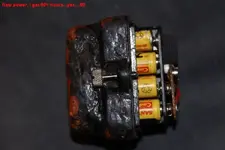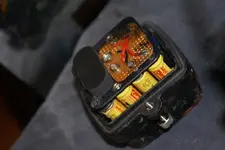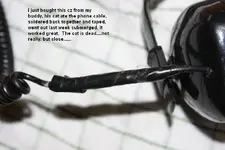Good advice from these guys. Not really much to do to prep the cz20, just get out and use it. My original 1993 had a loose screw in it after 2 hours use. Sent back, fixed no charge. The first time ever in the water, it leaked like a sieve (bad faceplate seal), and went brain dead on me. Sent back, fixed no charge. The invoice said "dried unit out, tested okay". This was fresh water. Mine had the five year warranty. I never had leaking problems after that, and I don't hear about any particular problems with leaking from anyone.
Do not worry too much about the battery housing. The sealing is very well done on the battery wires going into the control housing. If it does leak thru the battery cover gasket, the inside guts wont get wet no matter what happens on the battery side.
A good finger tightening of the screws, using a dime, is all you need.
I like the cz20 because you can hip mount the box and the rod/coil assembly weighs about 1.5 pounds. It's like swinging a dry stick, zero fatigue. Speaking of fatigue, if you hip mount the box, the coil wire will fail on you, due to continuous bending, at the strain relief on the control box, or worse, at the rod. Split a 6" length of 3/8" black rubber fuel hose down the length and wrap it around the coil wire up over the strain relief, and use a few ty-wraps to button it all up. This is like a "super" strain relief and adds a bit of life to the wire. Do something similar at the rod. Allow PLENTY of wire between the control box and the rod to prevent excessive bending stresses in the wire when swinging. Not if, but WHEN, the coil wire craps out, get some nerve, tear the unit down, cut out the 10" piece of bad coil wire, and re-solder. You can do this 3, maybe 4 times before the wire gets too short. If the coil wire fails at the rod, you will lose a lot of wire, an may not be able to salvage. No biggy, just order a new coil and solder it in.



